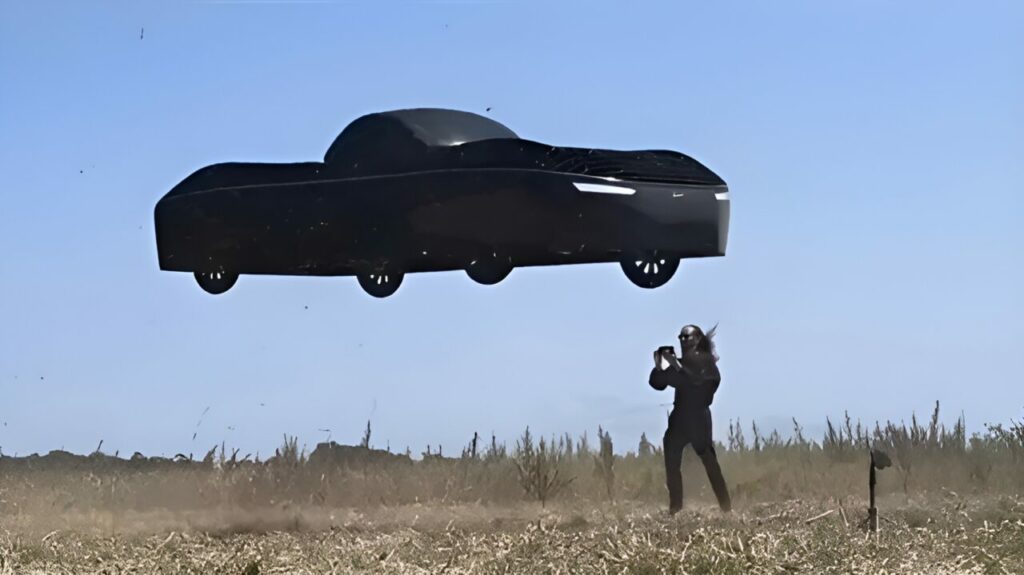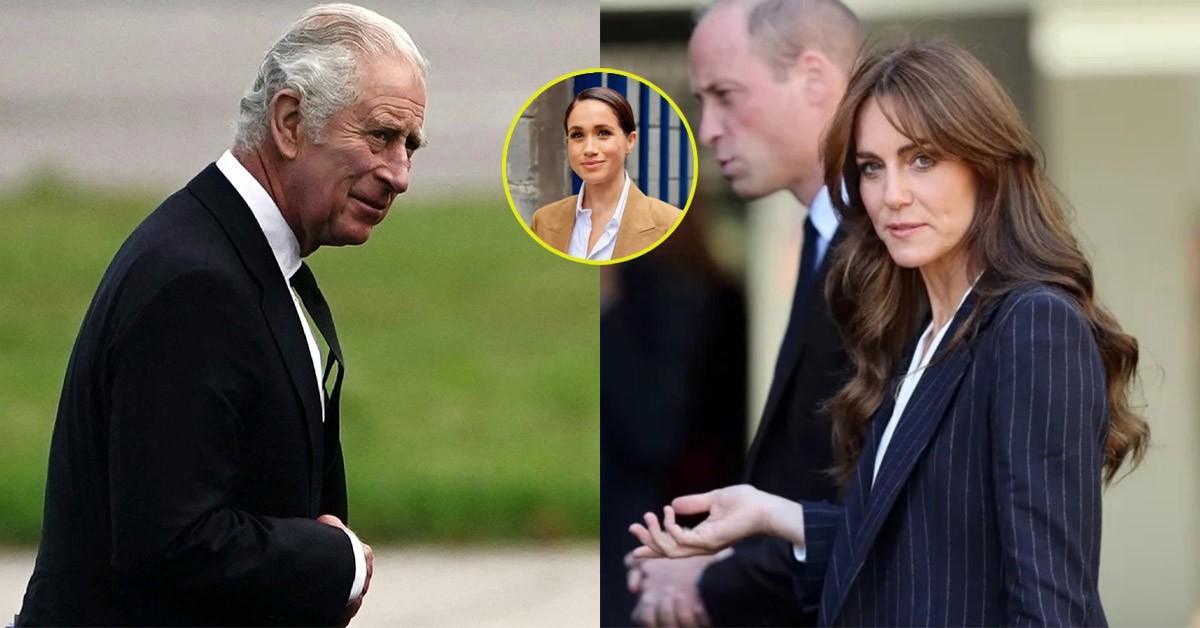Elon Musk Believes Flying Cars Could “Guillotine Us All” — And Here’s Why He’s Serious

When it comes to imagining the future of transportation, few people are as forward-thinking — or as outspoken — as Elon Musk. The Tesla and SpaceX CEO has spent decades pushing the boundaries of how humans move: from self-driving electric cars to reusable rockets and even hyper-speed vacuum tunnels. Yet, there’s one futuristic concept he refuses to embrace — flying cars.
While the idea of soaring above traffic jams might sound like a dream, Musk insists it’s closer to a nightmare. Speaking at an event for The Boring Company, his tunnel-digging venture, Musk delivered one of his trademark reality checks: “There will be zillions of these things flying all over the place, and inevitably, somebody’s not going to service their car properly and they’re going to drop a hubcap and it’s going to guillotine somebody.”
The remark — blunt, darkly humorous, and unsettlingly logical — captures Musk’s skepticism about the safety and practicality of flying cars. While others envision skies filled with airborne taxis, Musk sees chaos. In his view, the problem isn’t technological possibility but human reliability. Just as car owners today often skip oil changes or tire checks, it’s easy to imagine the mechanical risks multiplied when vehicles are hovering hundreds of feet above people’s heads.

For Musk, the skies shouldn’t be the next frontier of urban transport — the ground beneath our feet should be. Through The Boring Company, he’s been championing the Loop, a system of underground tunnels designed to ferry passengers and vehicles quickly and efficiently beneath cities. “Going 3D” doesn’t have to mean going up, Musk argues — it can also mean going down.
The proposed Loop network would use autonomous electric pods to transport people at high speeds through tunnels, bypassing gridlocked surface streets entirely. Eventually, private cars could also be integrated into the system, dramatically reducing commute times. The concept shares DNA with Musk’s earlier Hyperloop idea — a high-speed system that would move passengers through pressurized tubes at over 600 mph — but with more immediate, practical implementation.

Critics of Musk’s anti-flying-car stance argue that advances in battery efficiency, automation, and lightweight materials could eventually make airborne travel as safe and routine as driving. Companies like Joby Aviation, Archer, and even Uber have poured billions into developing eVTOLs (electric vertical take-off and landing vehicles). To them, the sky isn’t chaos — it’s opportunity.
Still, Musk’s caution reflects a rare blend of engineer’s pragmatism and futurist’s foresight. His underlying concern isn’t just about parts falling from the sky; it’s about the social and psychological impact of filling the air with noise, risk, and distraction. Imagine hundreds of vehicles buzzing overhead, each one capable of catastrophic failure — it’s a future Musk would rather avoid.

So while Silicon Valley dreams of skies full of whirring taxis, Musk continues to dig — literally. His vision of the future runs deep underground, not high above it. For him, the best way to move humanity forward might be to move it downward, where technology can be controlled, predictable, and — most importantly — safe.
In other words: the future doesn’t need flying cars. It needs better tunnels.
“I’VE CHANGED MY MIND” – King Charles’ Shocking Final Decision Leaves Catherine and William in Tears


In the grand story of monarchy, few moments rival the weight of a sovereign’s final testament. And now, King Charles III’s last will—quietly drawn, yet thunderous in implication—has left not only the palace but the nation reeling.
While it lacked the trumpets and pageantry of a coronation, its effect was profound. It revealed a monarch not just dividing estates, but redefining the very architecture of royal responsibility. For
A Testament of Legacy, Not Legalities
At 76, and with his health shadowed by cancer since 2024, Charles has grown ever more concerned with
Gone are the bloated ranks of extended royals. Instead, Charles places his faith in a lean, dynamic unit led unmistakably by William and Catherine. In his words and his choices, the King entrusted not only jewels and lands, but the very soul of the Crown.
William: Custodian of the Nation’s Memory
Already Prince of Wales and steward of the Duchy of Cornwall, William now carries a responsibility that transcends finance or ceremony. Charles has named him custodian of the
It is a role that demands more than guardianship. It calls for vision. The Royal Collection is not a museum of static relics—it is a living mirror of Britain’s story. Charles believes William, with his empathy and modern perspective, can ensure the Collection becomes not only preserved but alive in public consciousness.
In this, the King sees William not simply as heir, but as cultural leader—a monarch-in-waiting who will interpret the past for a restless future.
Catherine: The Monarchy’s Global Face
If William inherits the memory of the nation, Catherine has been given its voice to the world. In his will, Charles has carved out a role unprecedented in royal history:
Known for her calm grace, quiet strength, and devotion to causes like mental health and early childhood development, Catherine is uniquely suited for this mantle. She will represent the monarchy abroad—not as a decorative consort, but as its human face of diplomacy, empathy, and cultural connection.
This role transforms her. She is no longer confined to ribbon-cuttings or domestic ceremonies. She is entrusted as the monarchy’s most powerful bridge to global goodwill, a role once unimaginable for a queen consort-in-waiting.
Tears Behind Closed Doors
Insiders reveal that when William and Catherine read Charles’s words, tears welled in their eyes. They expected duties. What they did not expect was the depth of affection, trust, and respect woven into the King’s testament.
This was not a monarch passing power in clinical terms. It was a father affirming his faith in his son and daughter-in-law, acknowledging their character, their endurance, and their capacity to lead.
For William, it was the affirmation that his father saw in him not only a king, but a man ready to shoulder cultural stewardship. For Catherine, it was recognition that her compassion and dignity had become
A Family United by Purpose
The will reveals a monarchy pared down not by weakness, but by clarity. William and Catherine stand at its center—not merely as heirs, but as partners in leadership. Together, they will guide not only Britain’s royal institution but also its moral compass.
Their bond with Charles is more than filial. It is mission-driven, grounded in shared values of duty, service, and authenticity. For a nation still marked by the memory of Diana and the constancy of Elizabeth, this vision resonates: a monarchy not cloaked in perfection, but anchored in purpose.
The Public Responds
The announcement has sparked an outpouring of emotion. For Britons who grew up with the Queen, and for Americans who followed Diana’s tragic arc, the will feels like a bridge between eras. Online, Catherine’s new role was celebrated with admiration.
Even skeptics conceded the boldness of Charles’s plan. By empowering William and Catherine, he has made clear that the monarchy’s relevance rests on their shoulders.
A King’s Final Gift
Charles’s decision is more than pragmatic. It is deeply symbolic. At the twilight of his reign, he has chosen to entrust his legacy not to titles alone, but to people he believes embody the monarchy’s future.
For Catherine, the journey from commoner to Duchess, from mother to global ambassador, has reached a new height. For William, the path from grieving son to heir apparent now includes stewardship of the nation’s treasures. Together, they embody Charles’s vision of a monarchy that is smaller, stronger, and more humane.
As one historian noted, “This is not simply a will. It is a love letter to the monarchy’s future.”
Conclusion: Purpose Over Perfection
What Charles has left behind is more than jewels or estates. He has left William and Catherine a mission: to guide the monarchy into a new era where symbolism meets substance, and where duty is tempered with humanity.
In this final testament, Charles has not only passed down a crown. He has passed down his faith, his hope, and his heart.








